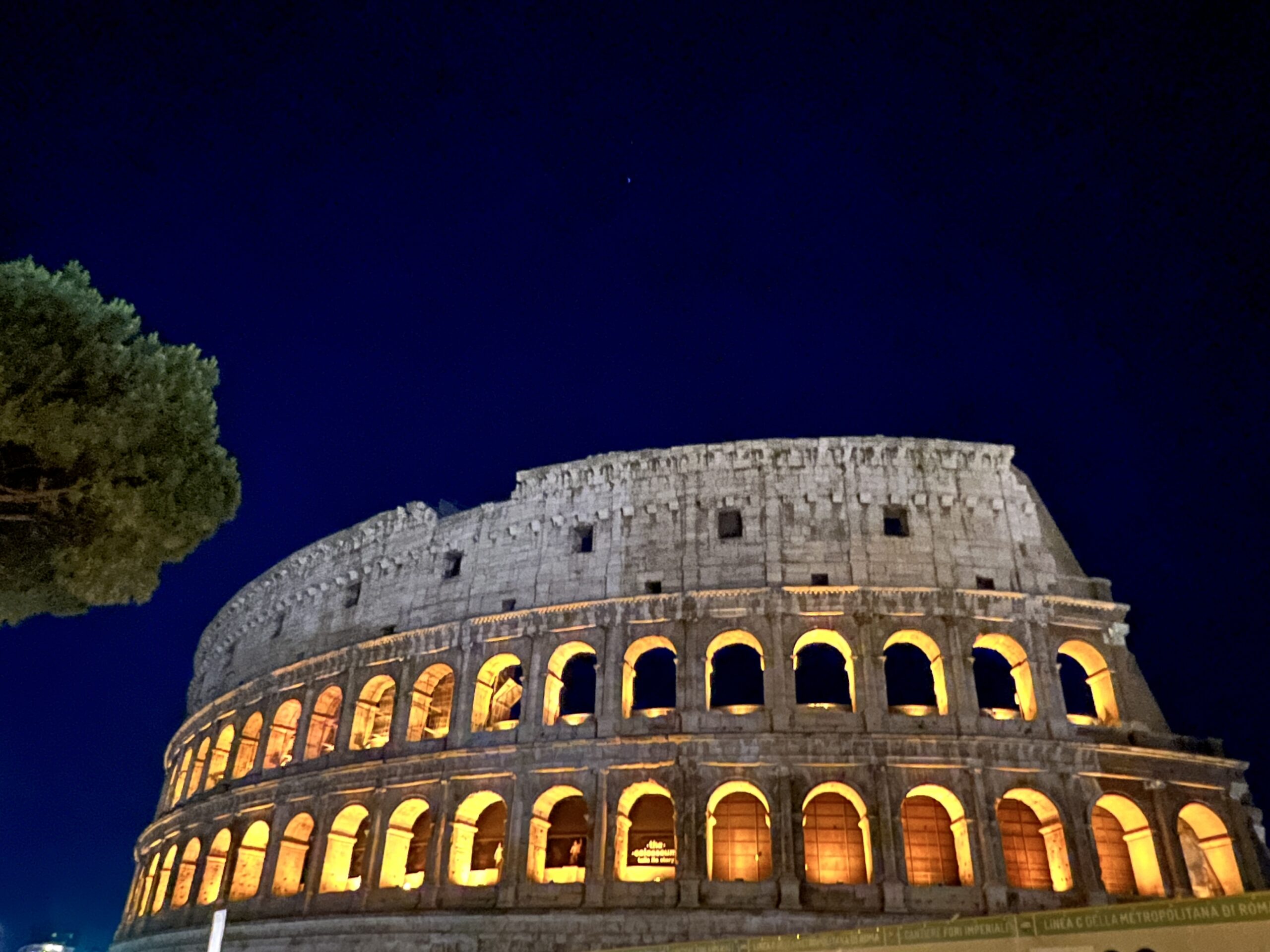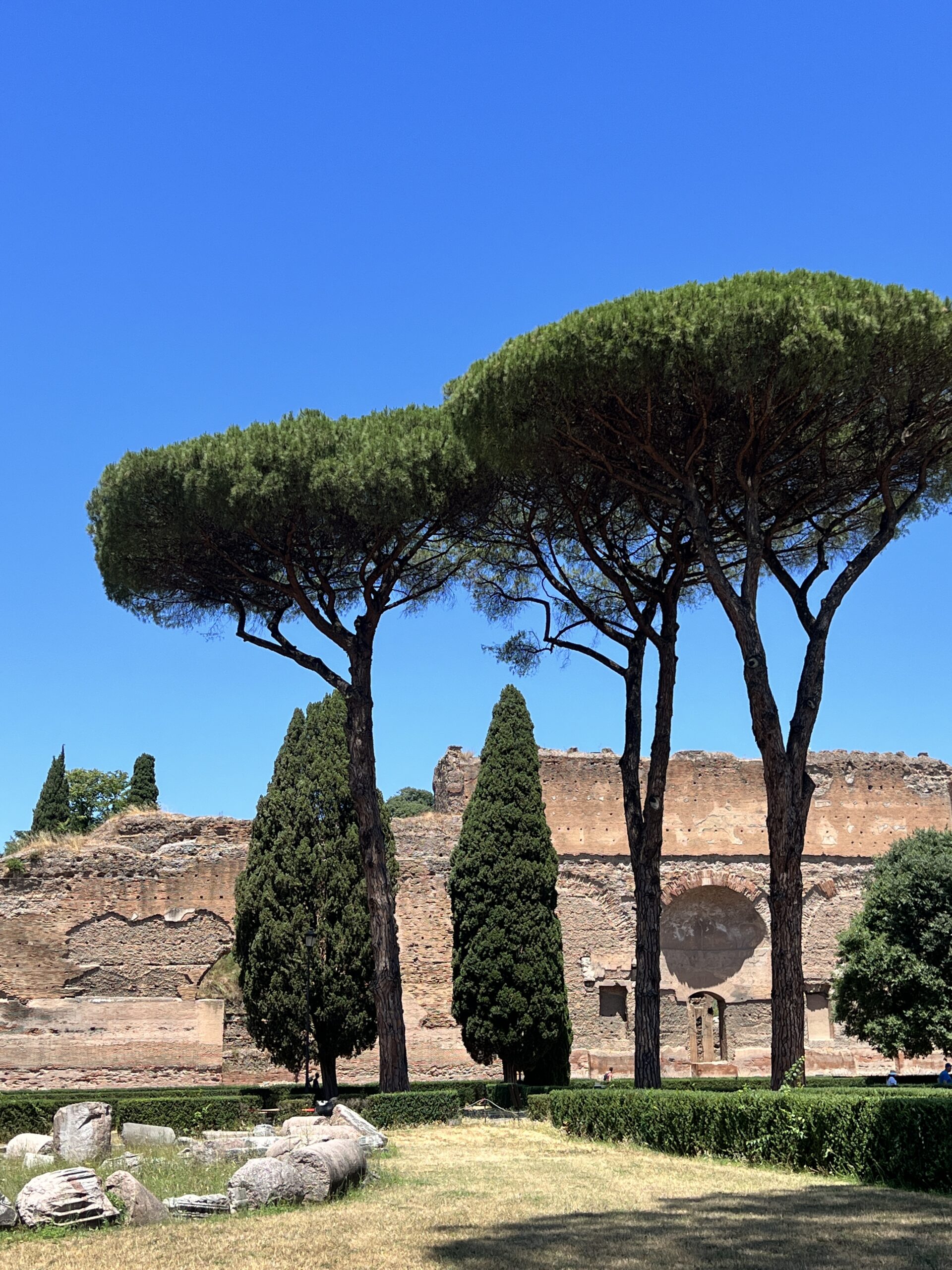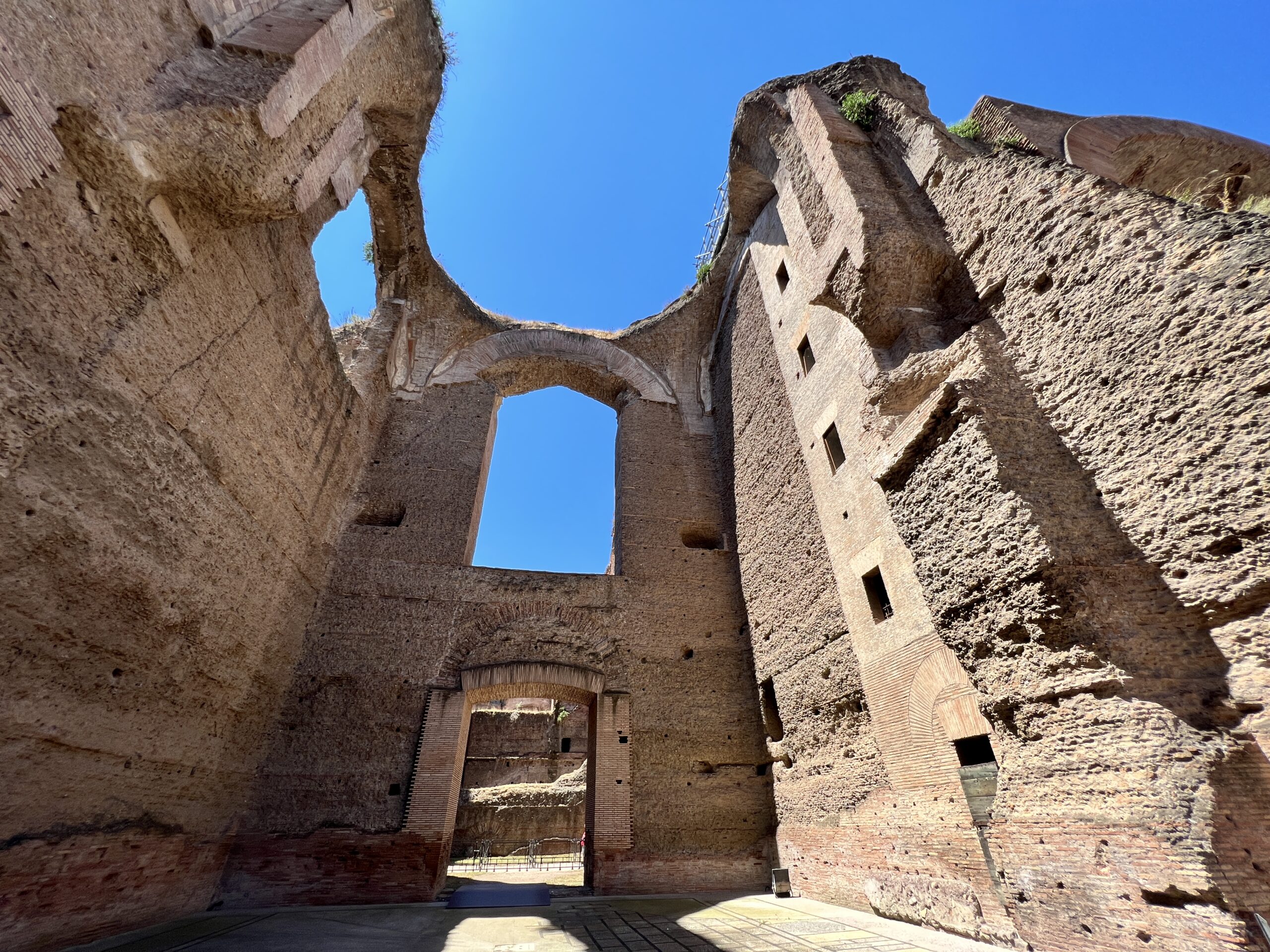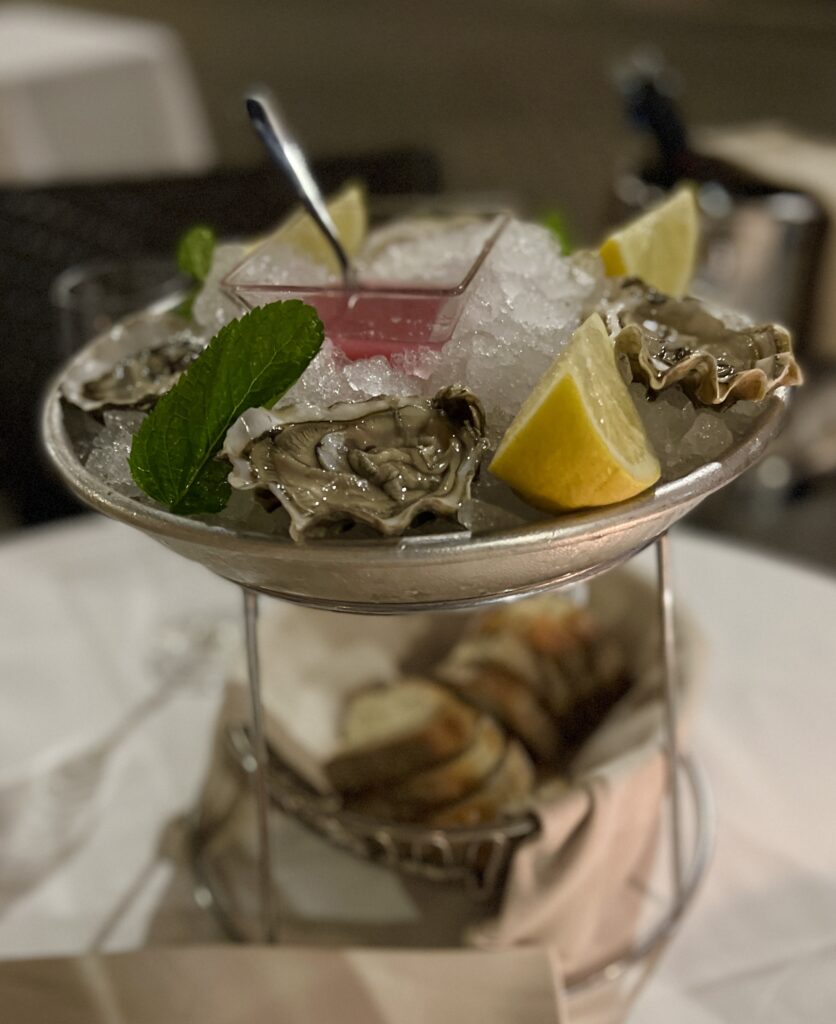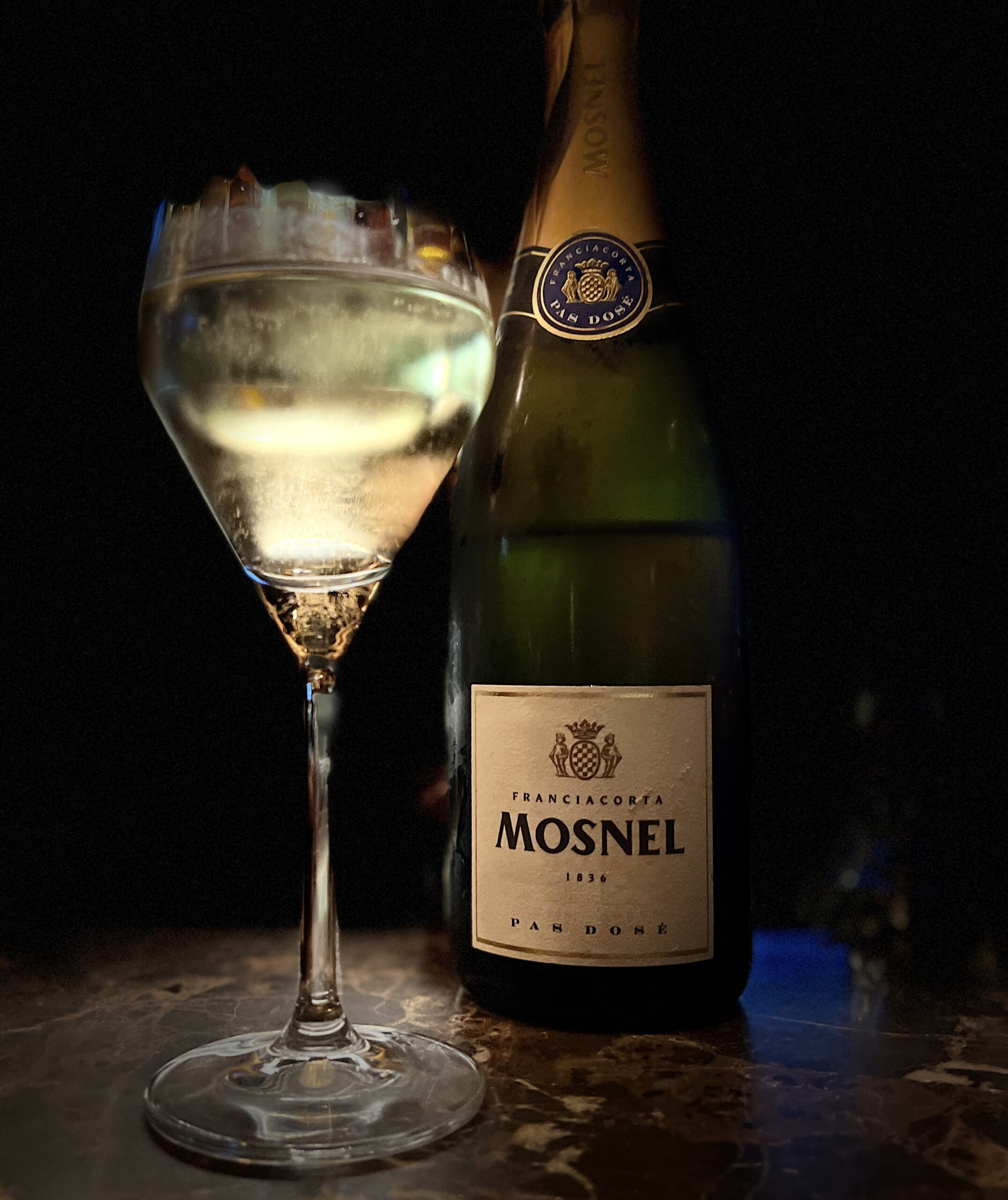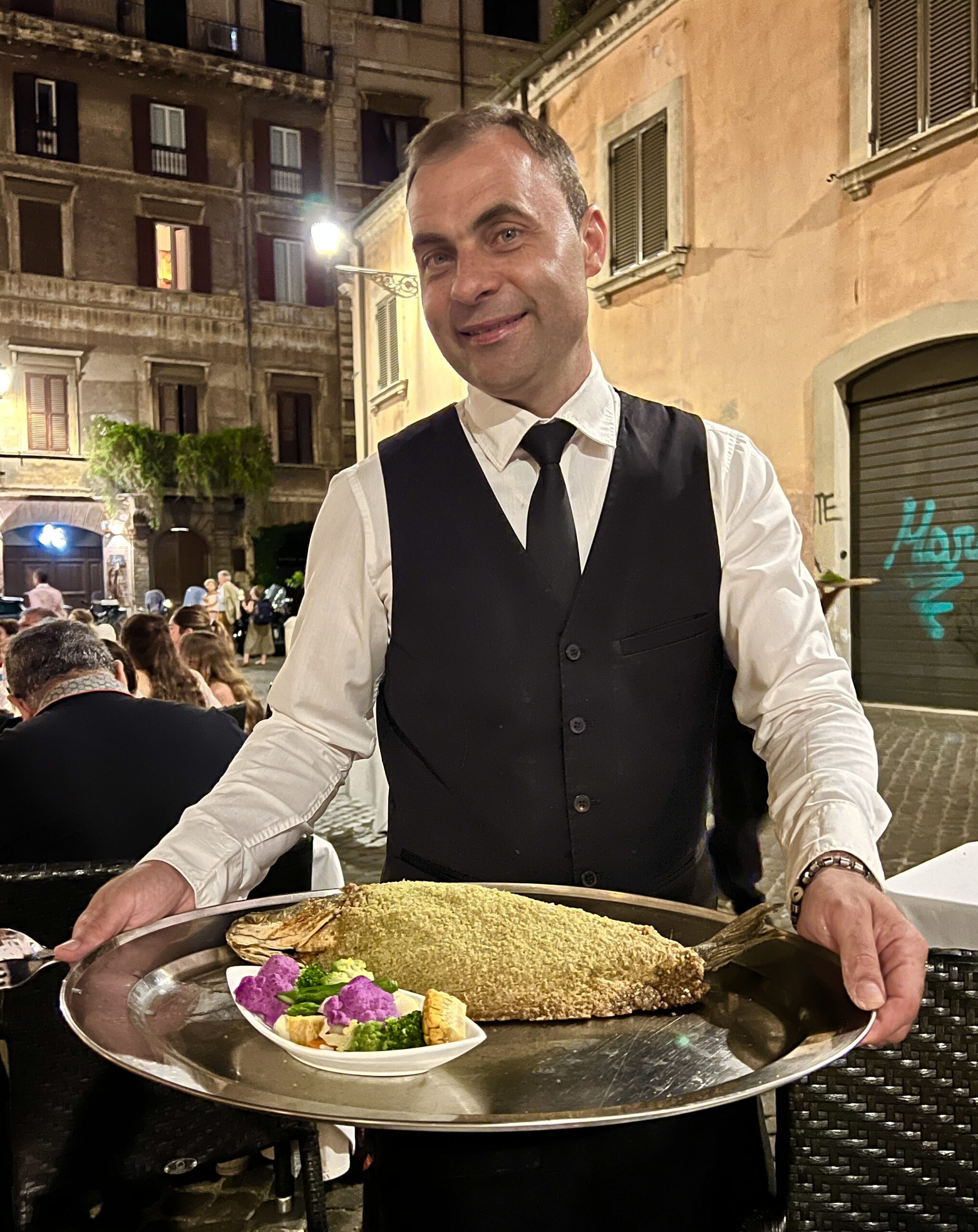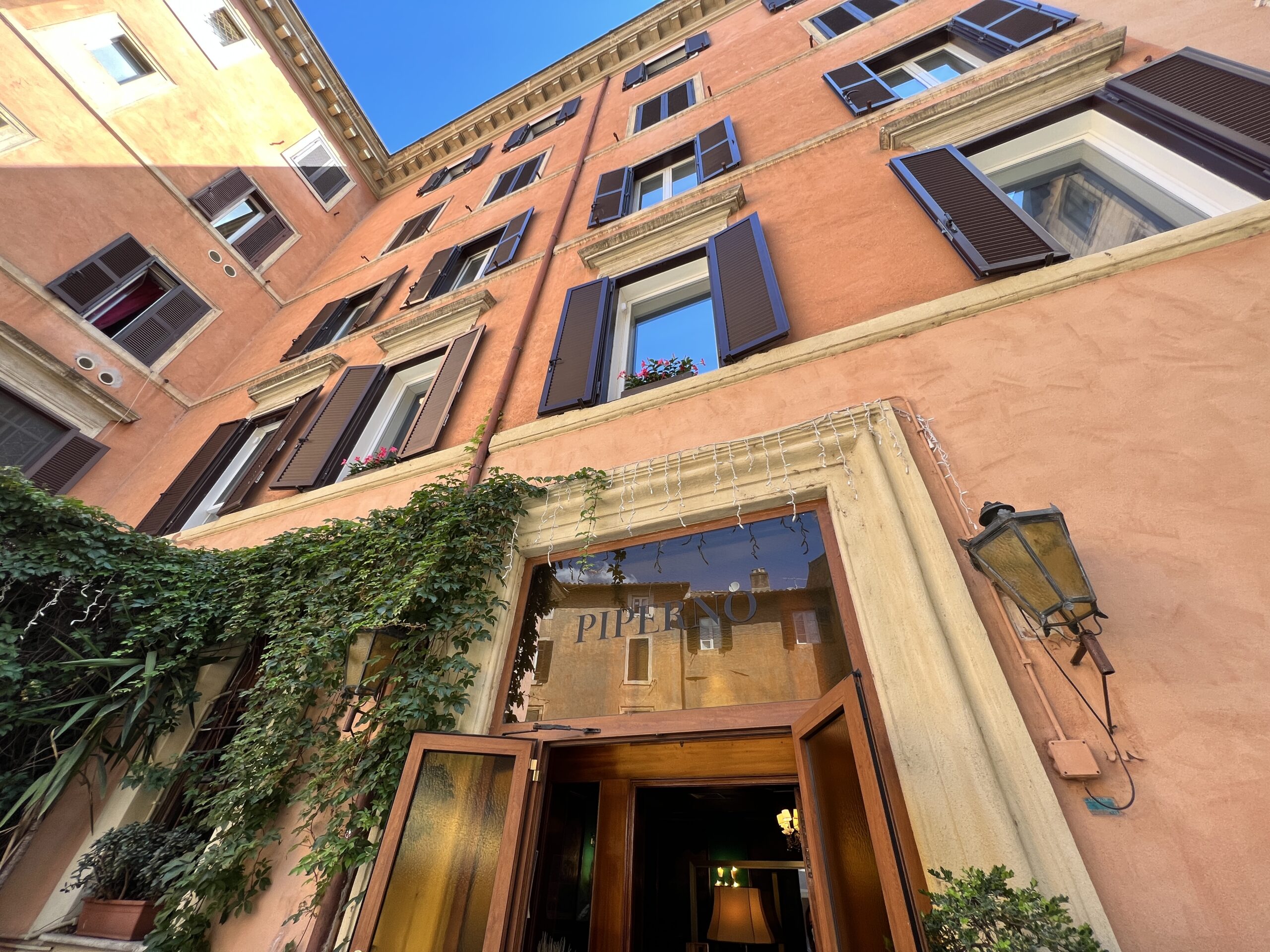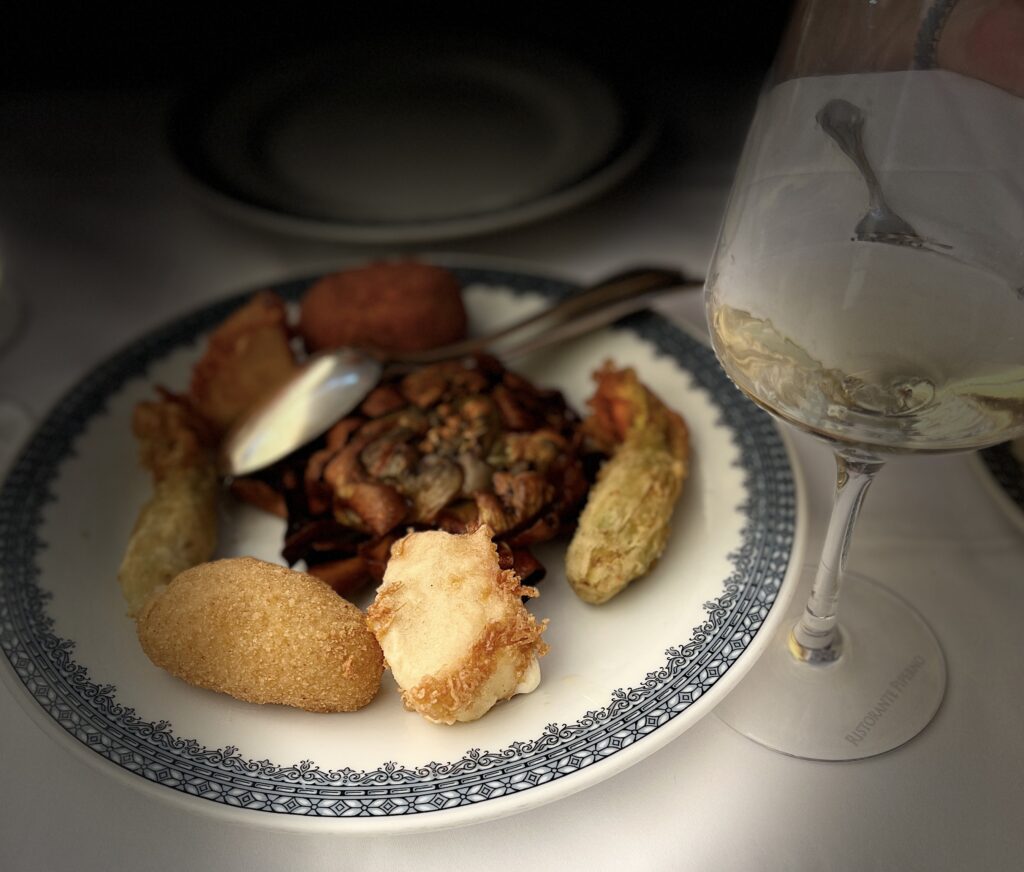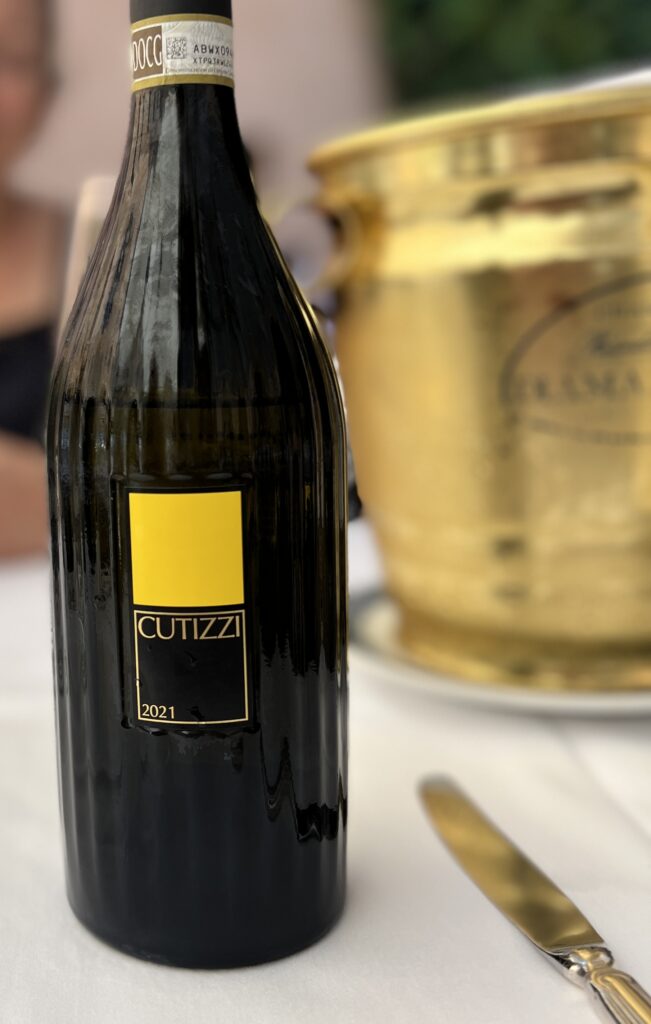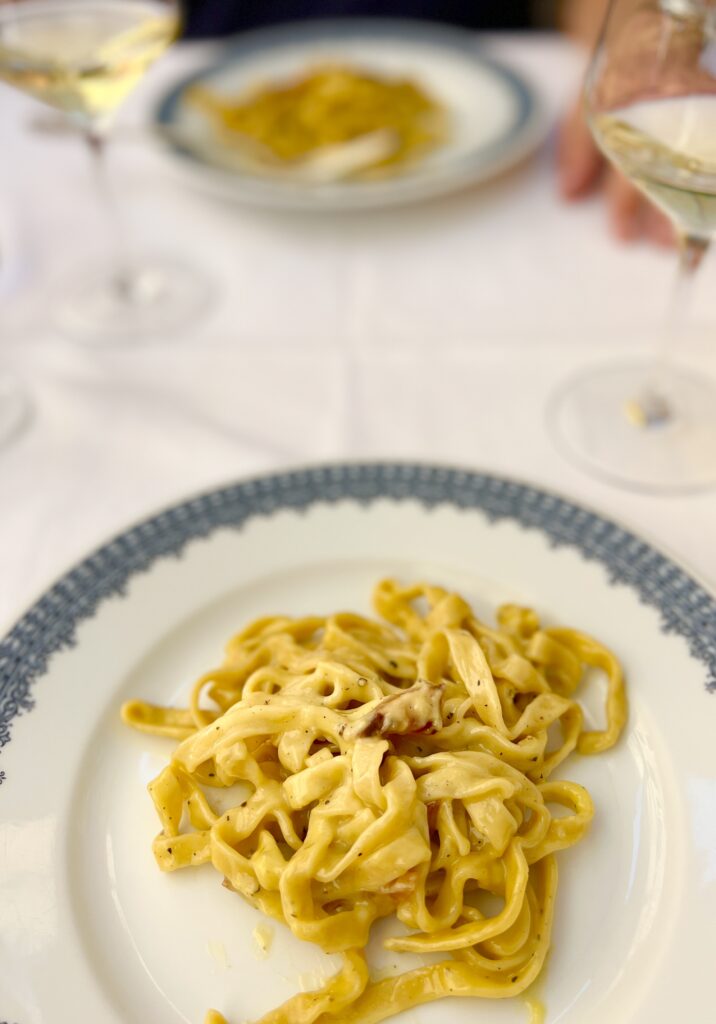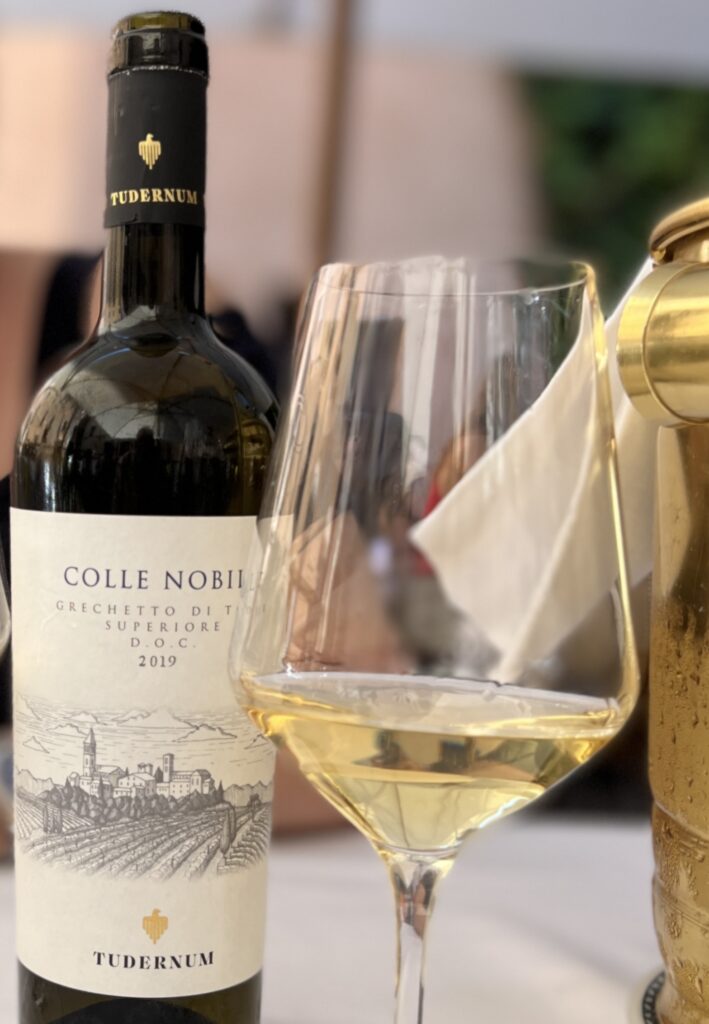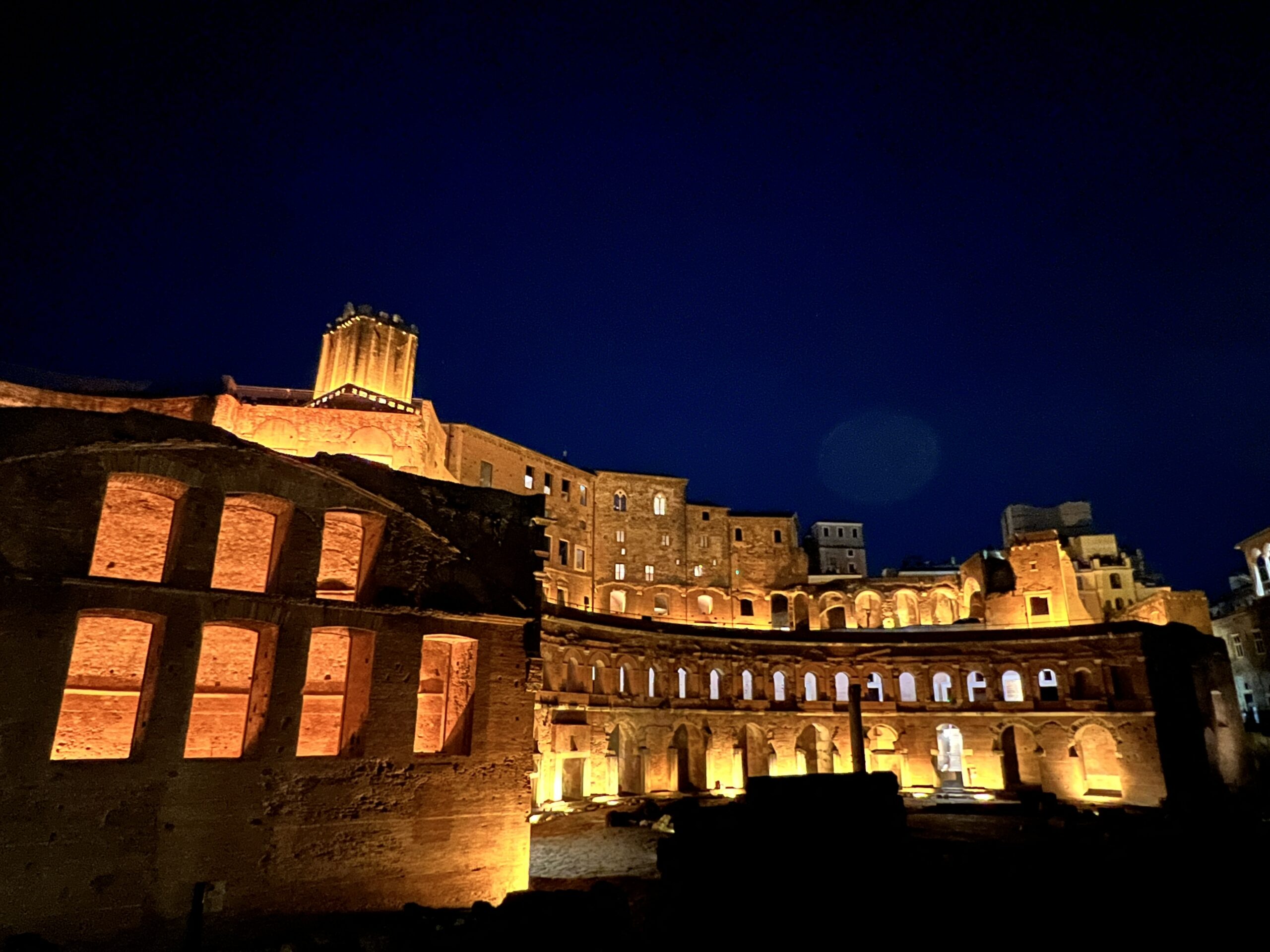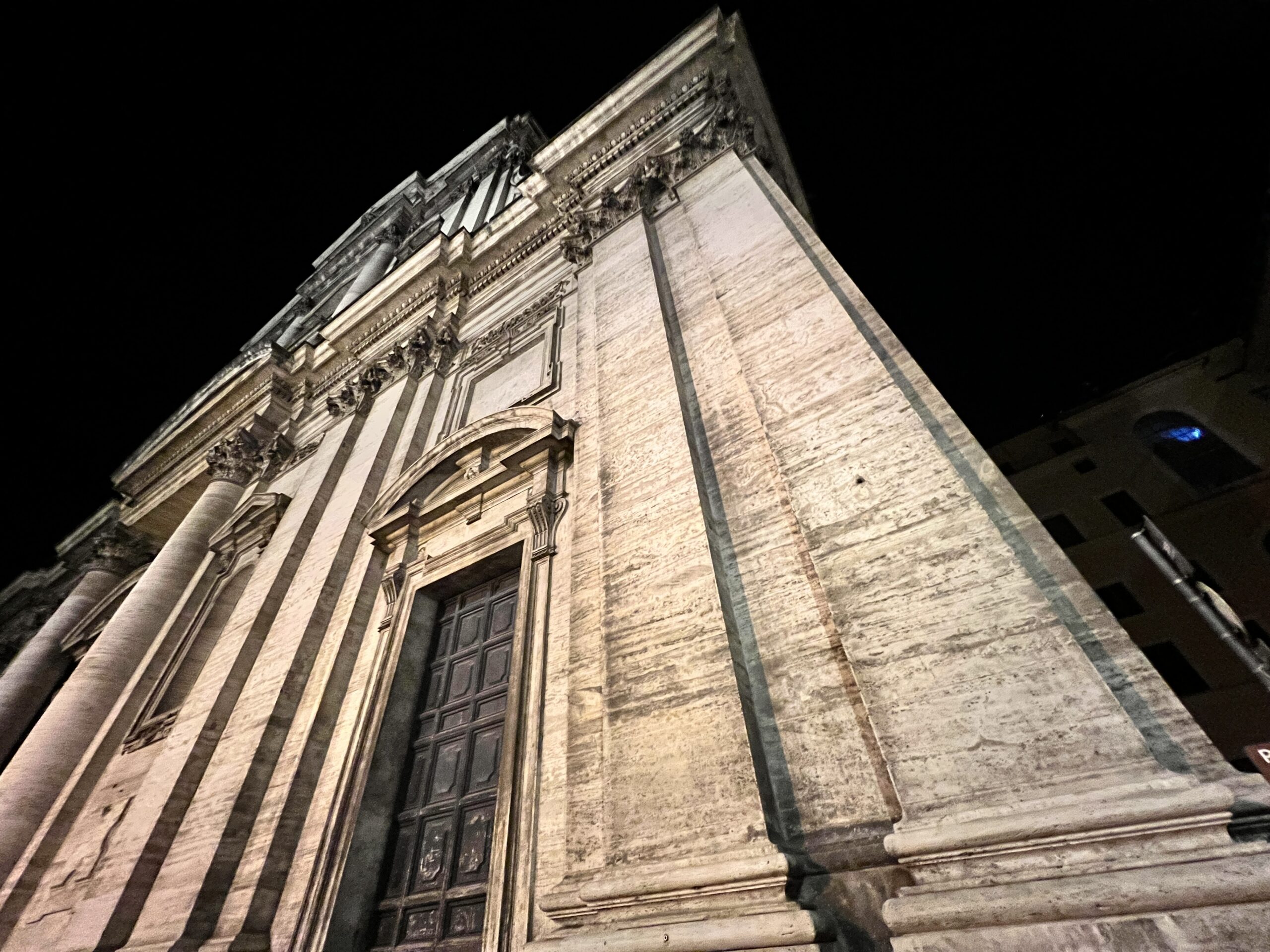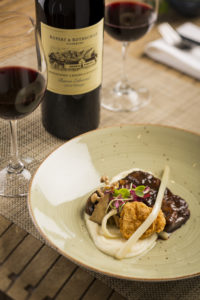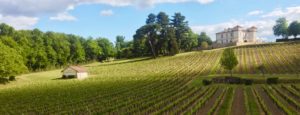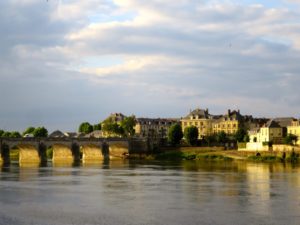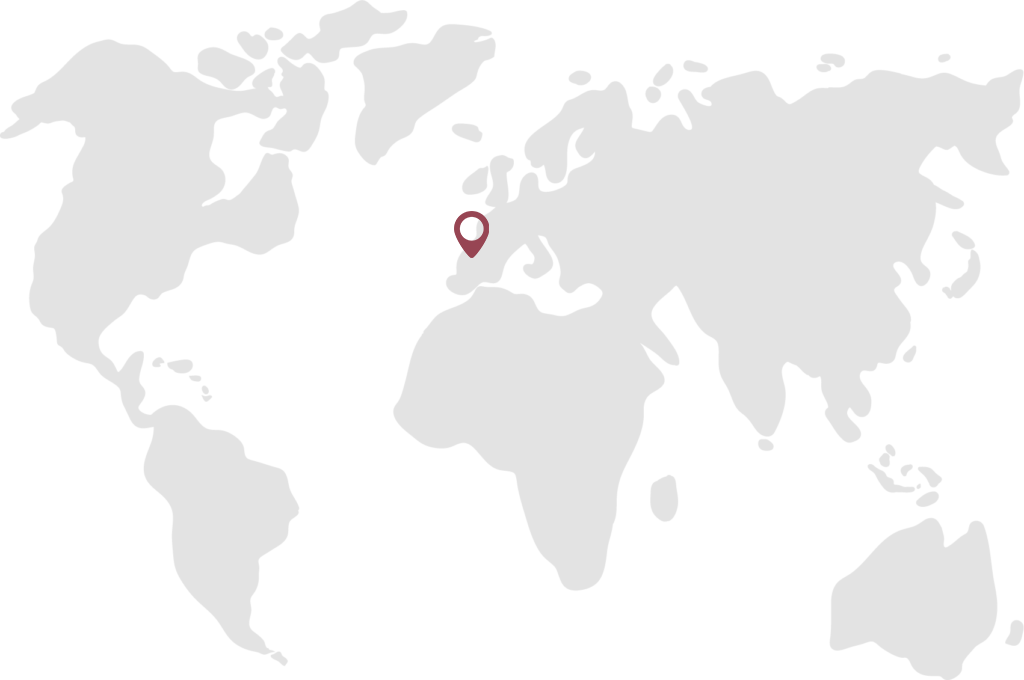INTRODUCTION.
Welcome! First of all—check out my latest Forbes articles here. I will publish one in early July about Emiglia-Romagna wines of Italy, including tasting note for over 100 wines.
Now, about Rome …
Fourteen years ago I visited Paris. I had not been there since being 18 years old.
I expected the worst—that charm and fruit stalls and cafes were gone, replaced by higher end restaurants and corporate food chains.

But—no! The charm was not only there, but even more magnificent than before. In a small bar in Montmartre, locals toasted glasses of red wine while one burst out spontaneously into song. Vendors sold oranges and avocados at colorful roadside stalls close to midnight; women and men wearing all sorts of elegant and casual garb dashed around on foot laughing and enjoying city life filled with trees, birdsong and vibrancy.
Three years ago, I visited Rome for the first time while passing through. Having no idea what to expect, I feared heat, crowds and heavy traffic. Taking the advice of a young American woman tending bar with her husband, I decided to visit the city at 3:00 AM, and was, as in Paris, shocked with wonder at the unexpected: deliciously cool temperatures, no crowds, silence and beautifully illuminated monuments. (Even after breakfast, before crowds grow, the city is amiable, clean and easy to explore.)
This year—three years ago to that date—I did alike. Wonderful! I met a friend passing through, who shared meals and convinced me to walk for a half hour to the coliseum at close to 2:00 A.M. What amazing views!
Before describing ambling at dawn, it’s time to recall daytime food and wine.
OVERVIEW.
Where to eat in Rome?
I asked Italian friend Anamaria Sorrichio di Valforte, a lawyer who lives both in Rome and also across the Apennine mountains in Abruzzo, where her family has owned a winery since the 14th century named Tenute Barone di Valforte.
Anamaria recommended several restaurants. These included Pierluigi—excellent for seafood and in operation since 1938, as well as Piperno—tucked into a cozy small plaza with ivy coated walls. You can sit outside Piperno for hours and revel in listening to low key banter of locals and travelers while sipping wine.
1. DISHES & WINES—RESTAURANT PIERLUIGI
First Course Dish
Raw seafood platter (plateau di crudi). Included both French and Irish oysters, scampi, red imperial prawns and sea urchins.
First Course Wine
A Franciacorta ‘pas dosé’ sparkling wine from Mosnel, based between Verona and Bergamo in northern Italy. This winery has existed since 1836. Made from Chardonnay, Pinot Bianco and Pinot Noir and aged at least 30 months, this is a fruity and crisp sparkling wine.
Second Course and Same Wine
Sea Bass (Spigola).
2. DISHES & WINES—RESTAURANT PIPERNO
Piperno has been serving local cuisine in Rome since 1860.
First Course Dish
Gran Fritto Piperno.
Fried artichoke Jewish style, croquette potato, rice ball, fried mozzarella and zucchini blossom (carciofo alla giudìa, crocchetta di patate, supplì, mozzarelline fritte e fiori di zucca).
First Course Wine
Cutizzi. Greco di Tufo, from Feudi di San Gregorio. 2021.
Made 100% from the Greco grape. Aromas of green apples, silky mouth feel and flavors of lime and salt—or the taste of Campania, the region south of Rome from where this wine comes. The white wines Campania is known for, my friend Sandra explained, are mostly made from the Fiano, Greco and Falanghina grapes. These generally include crisp flavors of green apples and lime.
Second Course and Dessert
Fettuccine alla carbonara.
Fettuccine pasta with egg, pecorino cheese, black pepper and bacon.
Second Wine
Grechetto di Todi superiore, 2019, from Tudernum in Umbria. Aromas of green apples, an oily cheek feel, and flavors of lime, butter and Banoffee pie mid palate, with mandarins and caramel on the finish. The Grechetto grape is also known as Grechetto di Todi, as well as Pignoletto.
Followed by a dessert of wild strawberries and vanilla ice cream (fragoline di bosco con pallino di gelato).
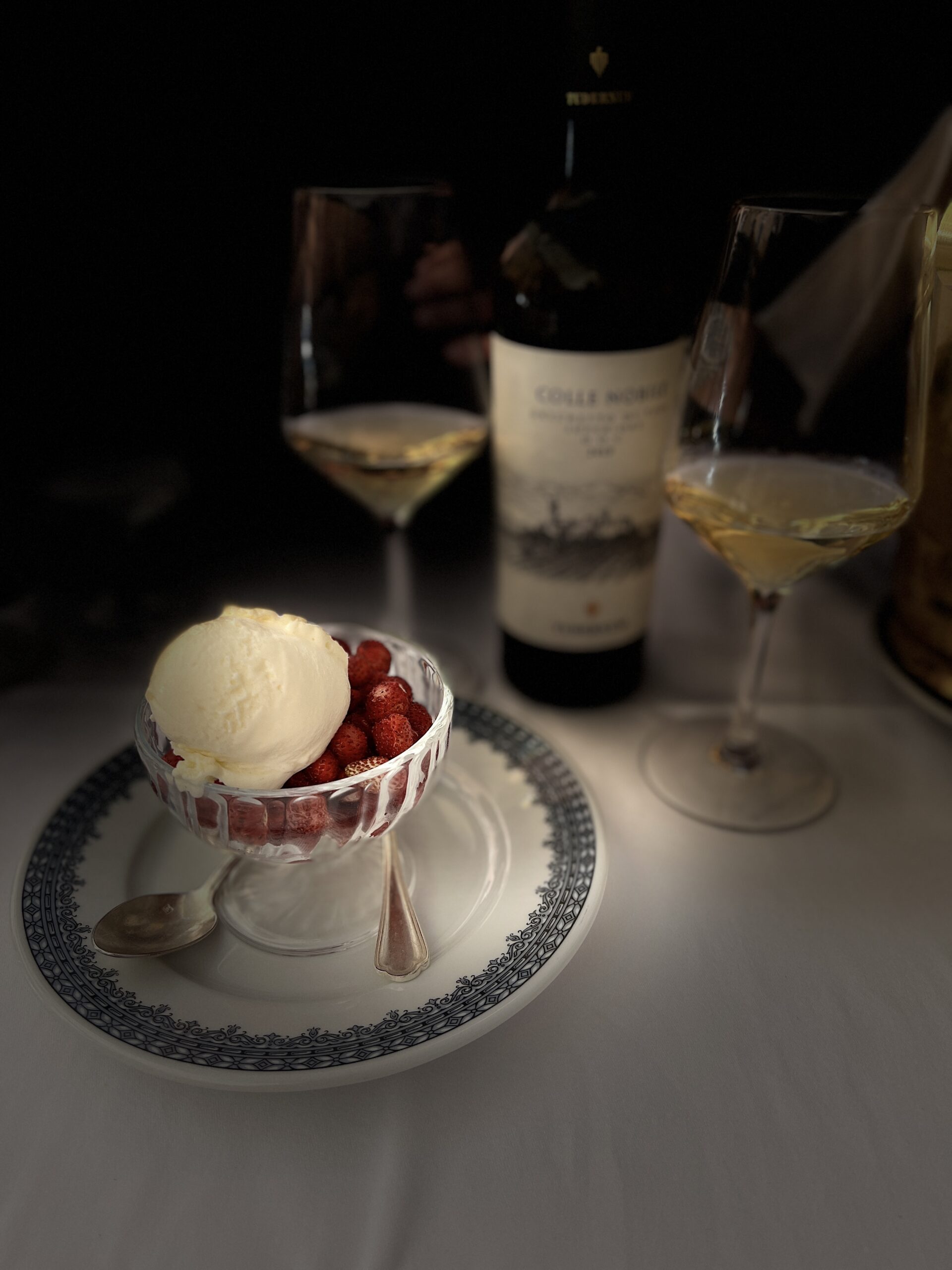
3. CHEF
Chef Pier Paolo Boni is chef and co-owner of Restaurant Piperno. On his Instagram site he writes, ‘I love my job but I have to fight with my laziness; nobody’s perfect.’
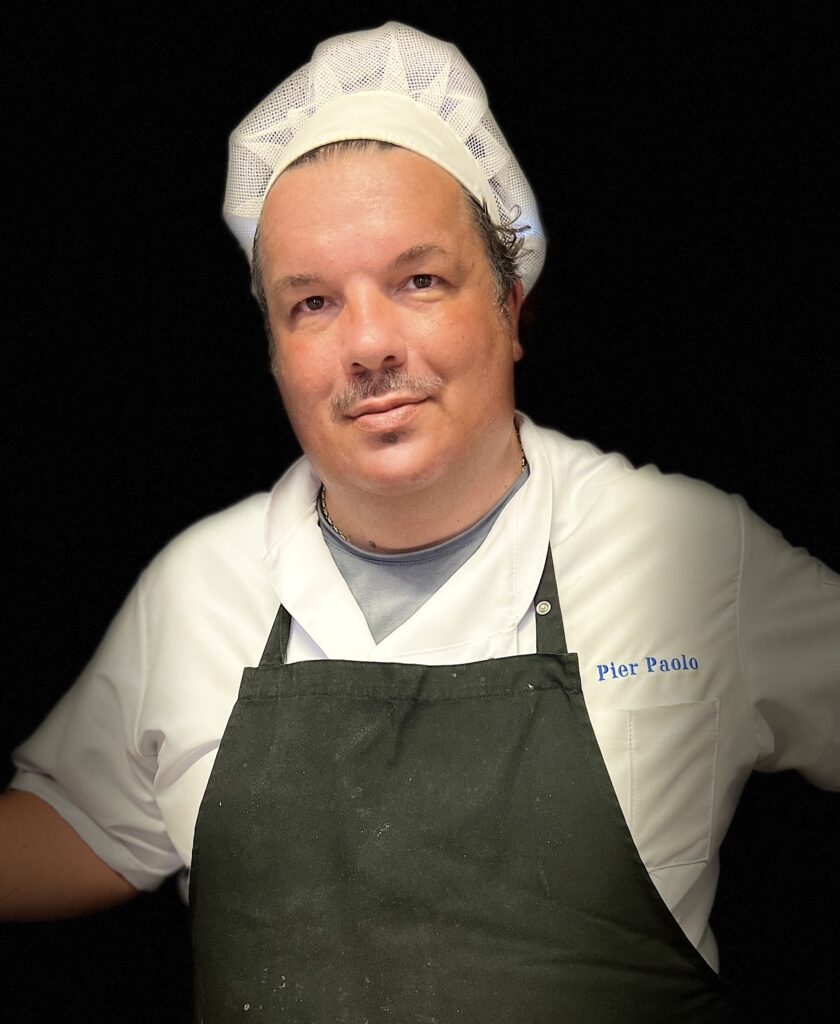
4. SCENE & INSIDER ANGLES.
Rome in summer can be hot and crowded. My advice as mentioned earlier is to tour the city on foot between two and four in the morning when the temperature is delicious, crowds are absent, flower scents are wafting, traffic noise is minimal and monuments are stunningly lit by well designed illumination. I’ve done such morning walks during two visits—wonderful! 1:00 a.m. is okay, but there are still too many pedestrians at that time. Better to begin at 2:00 a.m.
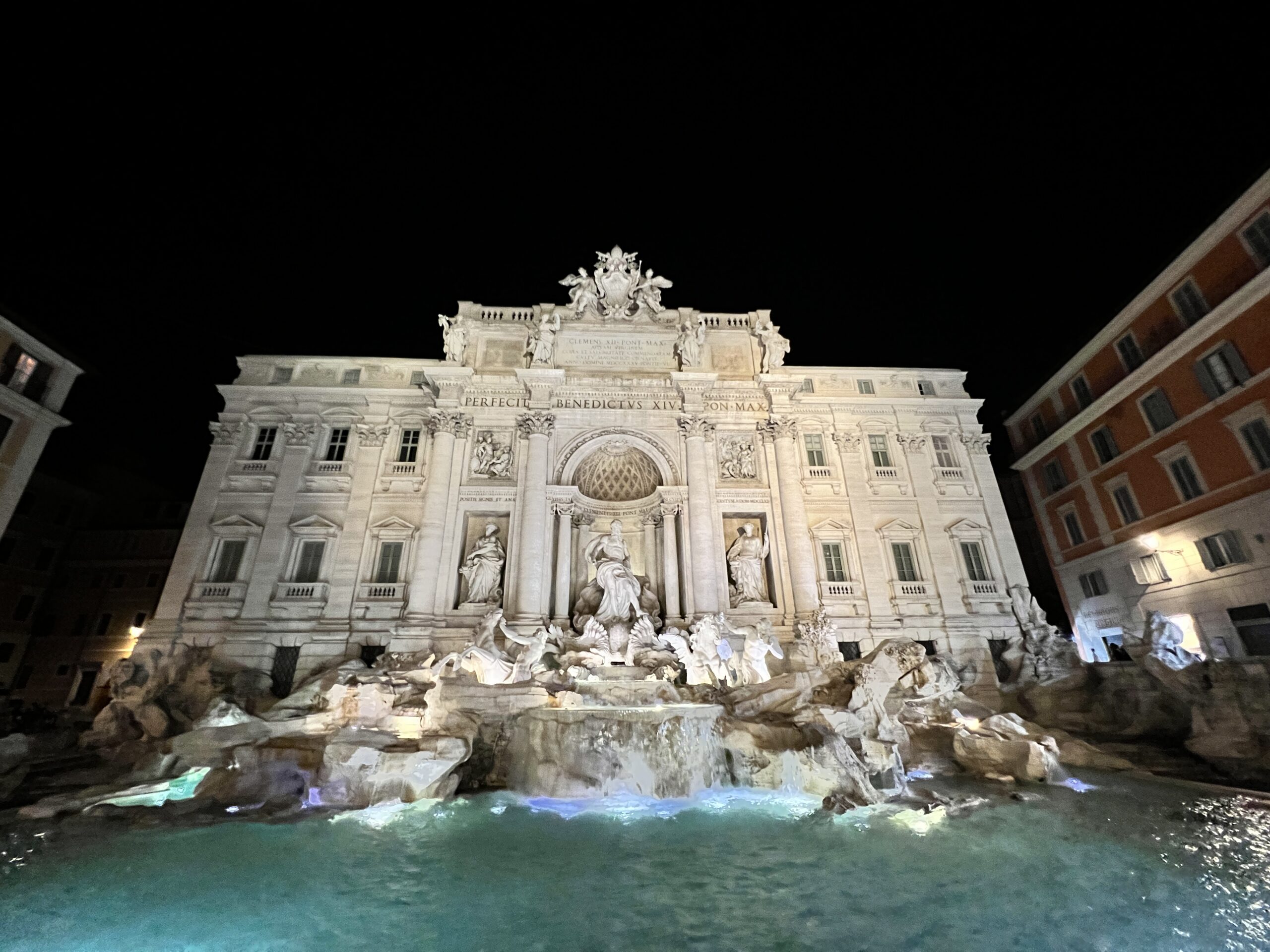
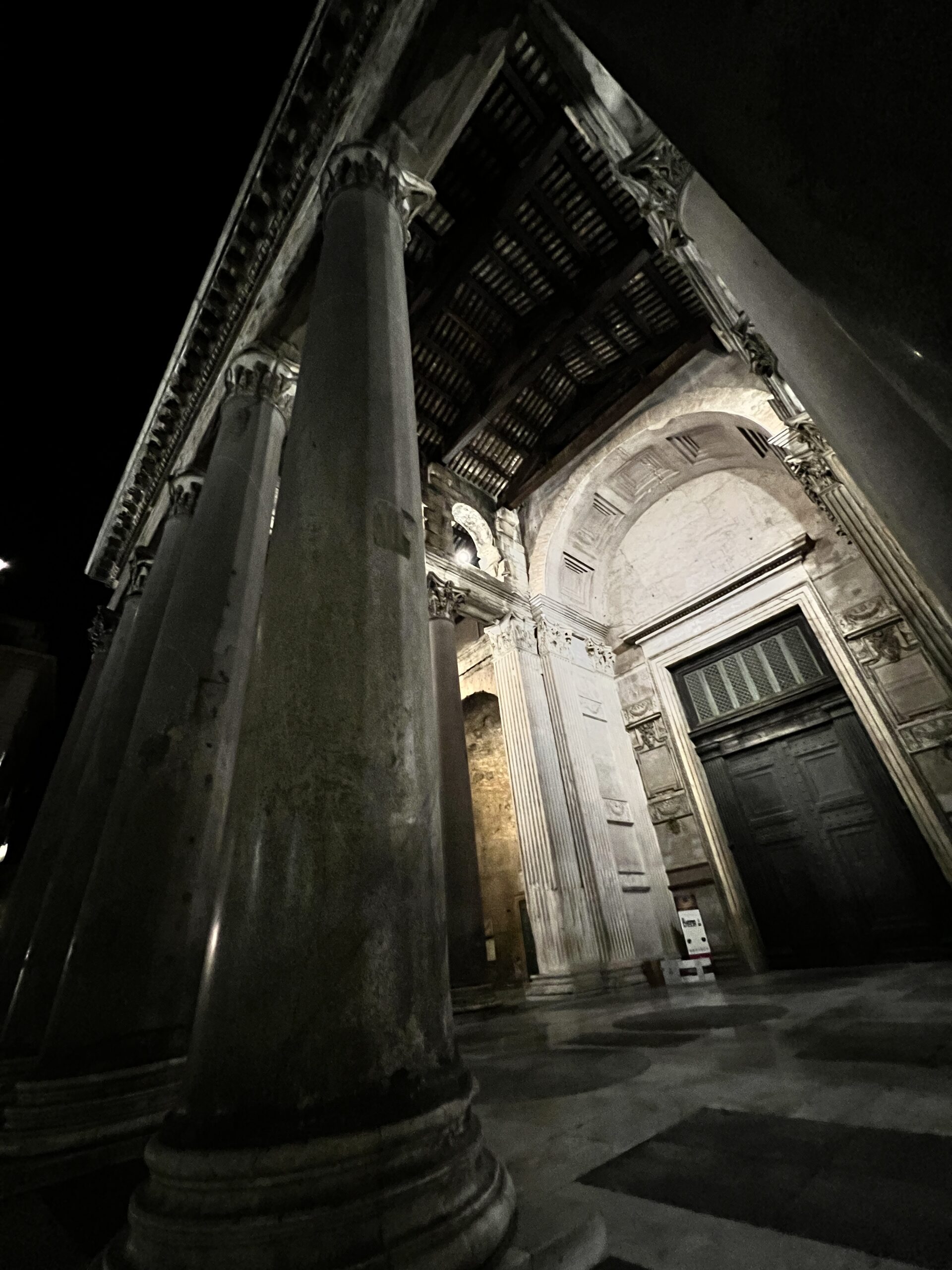
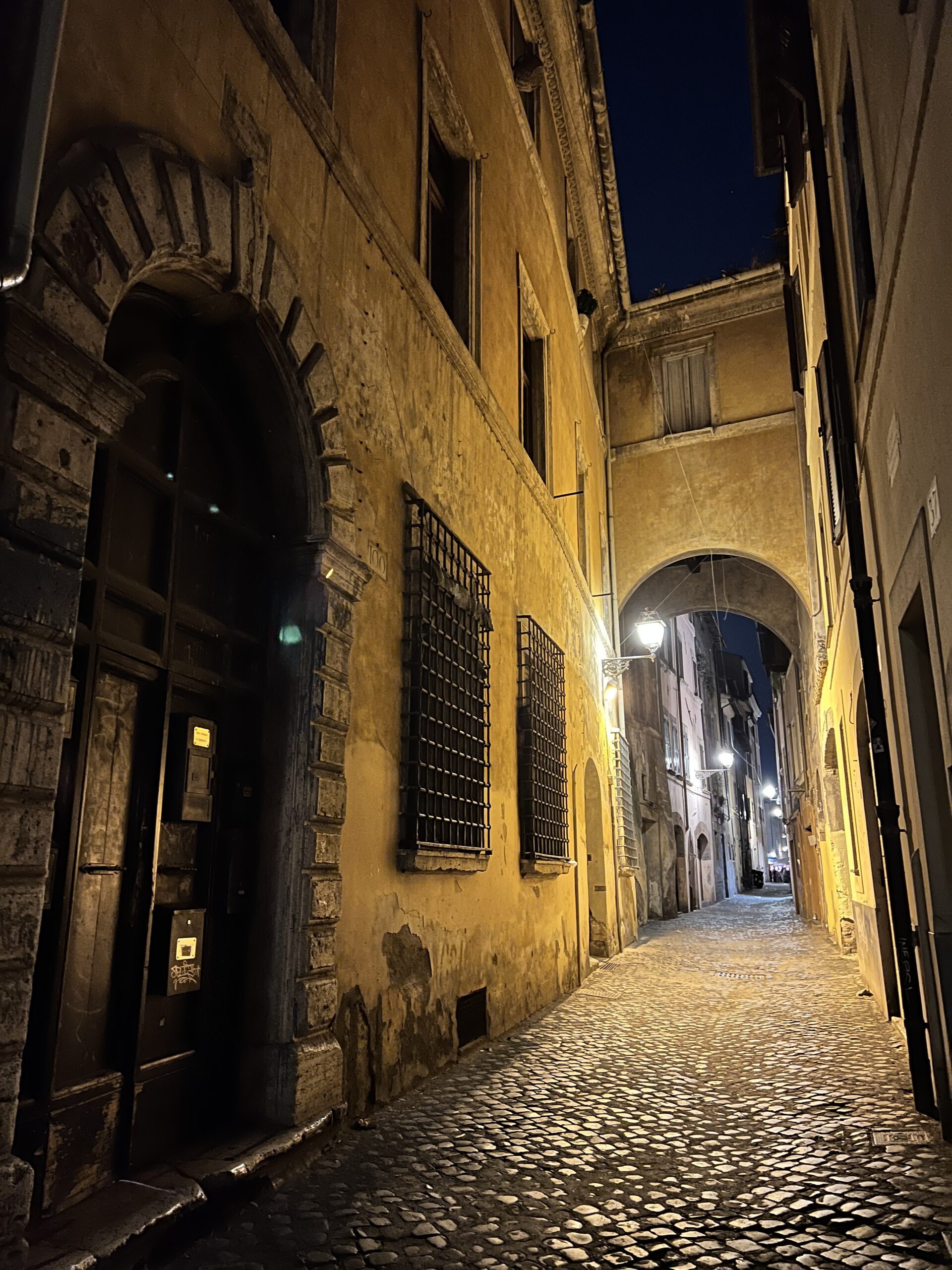

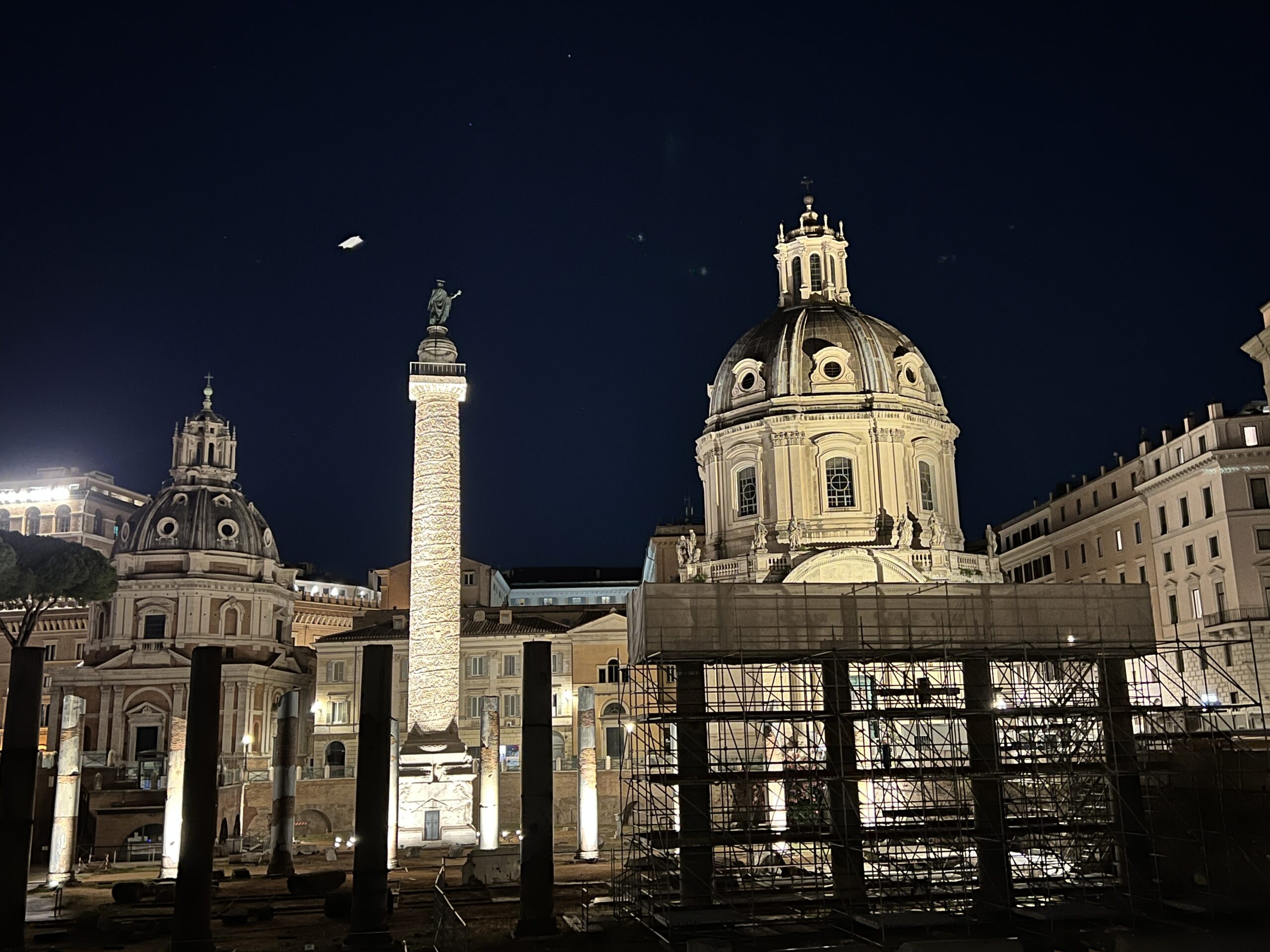

Again, thanks for tuning in! The next Vino Voices post will include food and wines from Emiglia-Romagna in Italy …
Check out and join my VinoVoices Instagram sit
